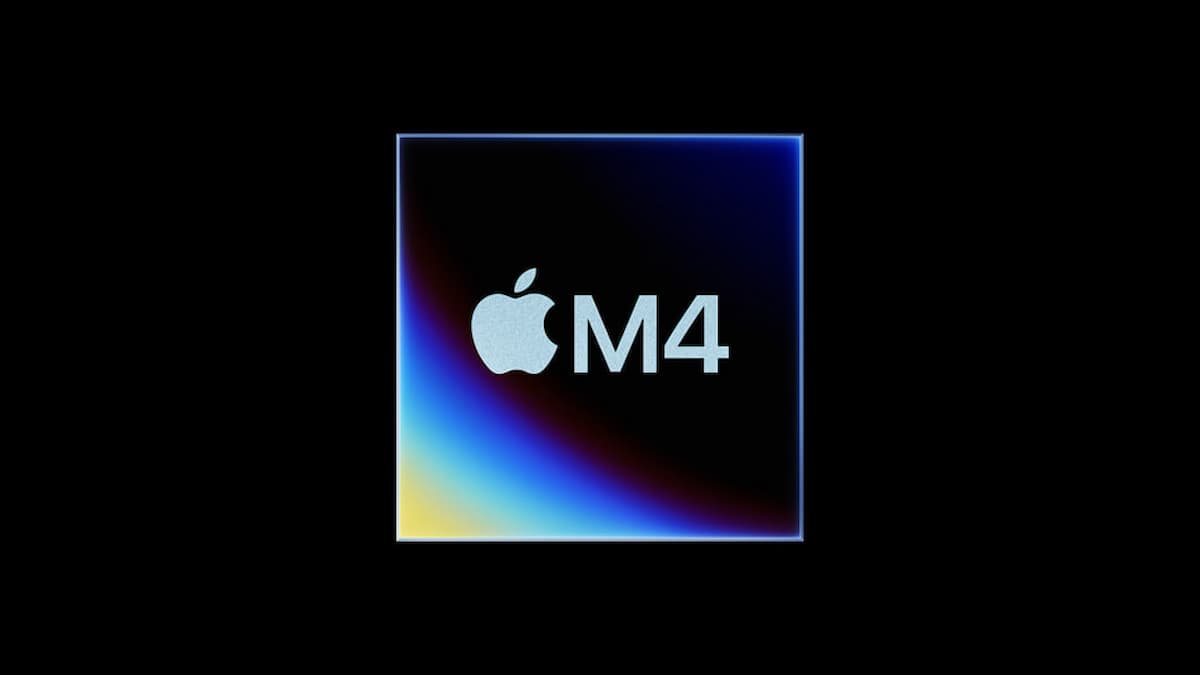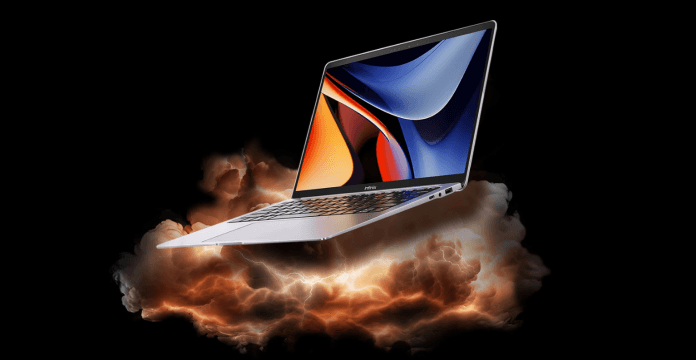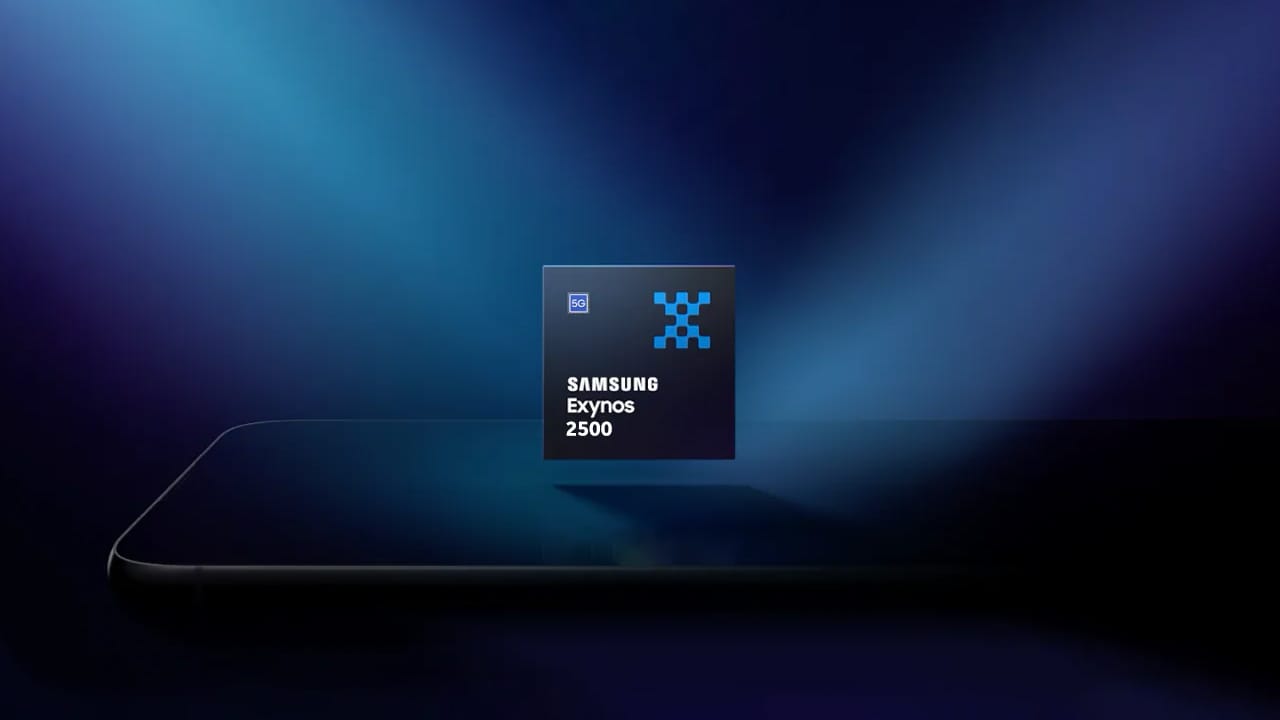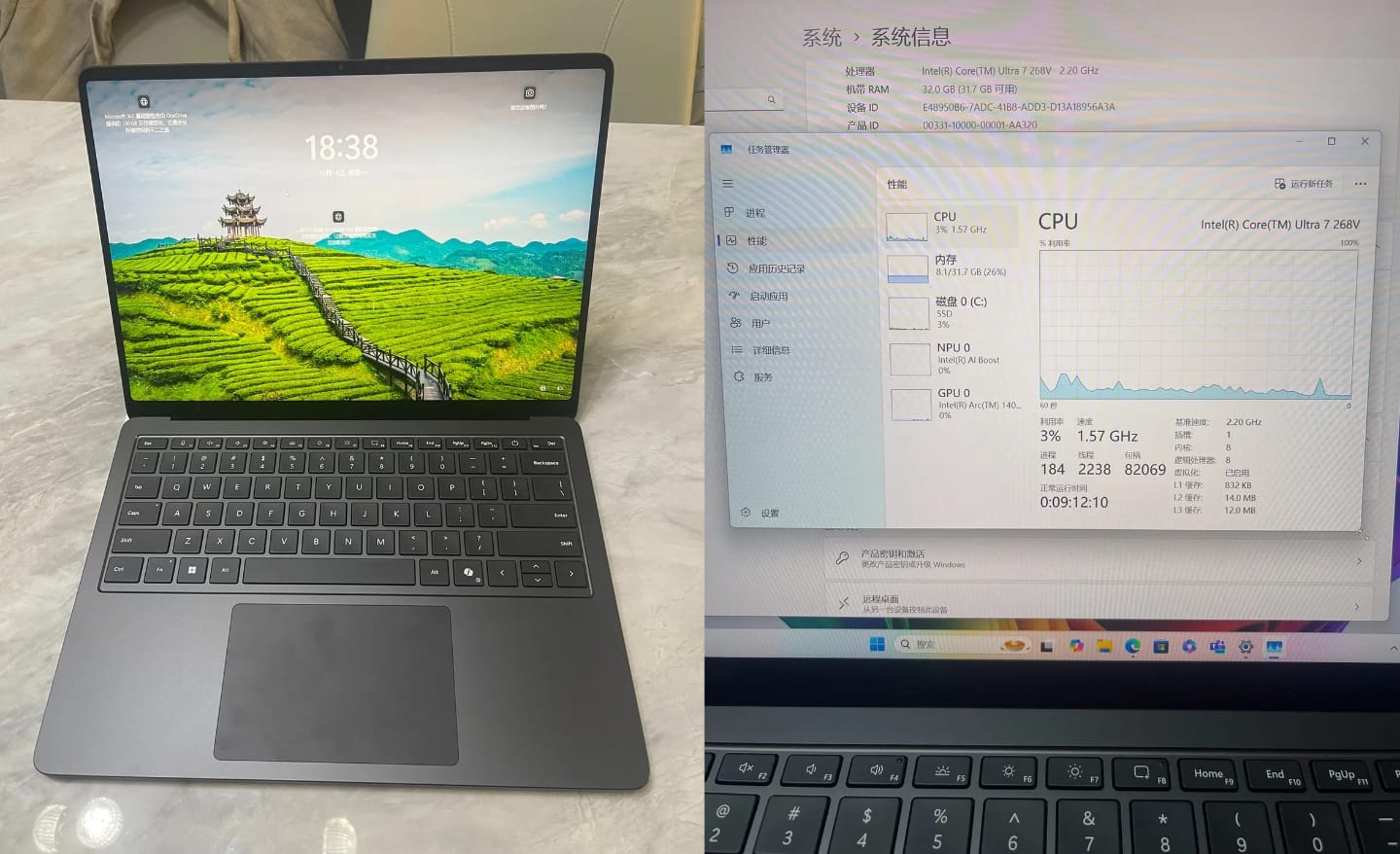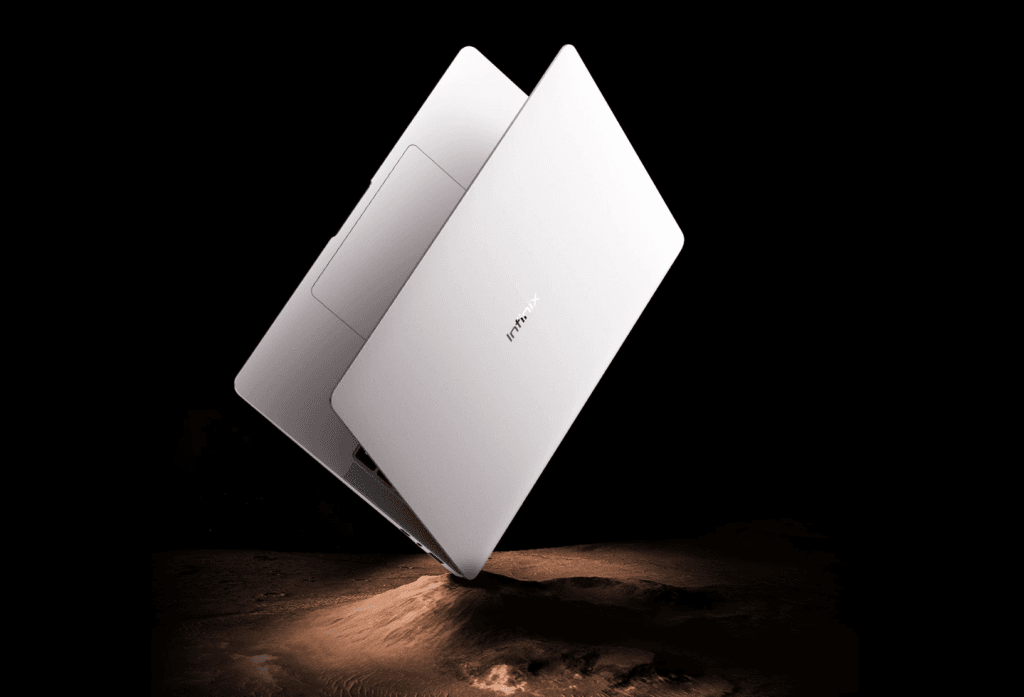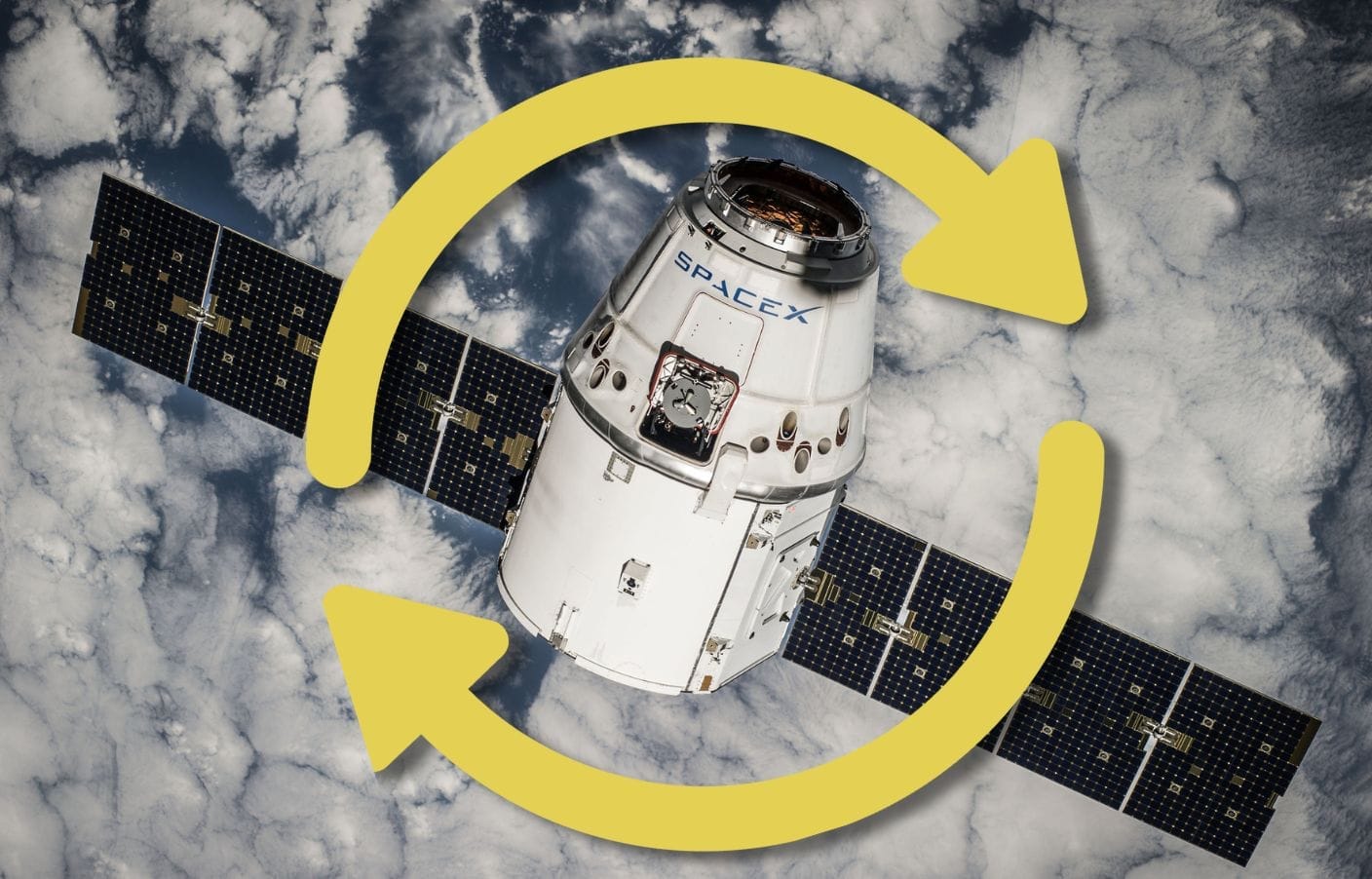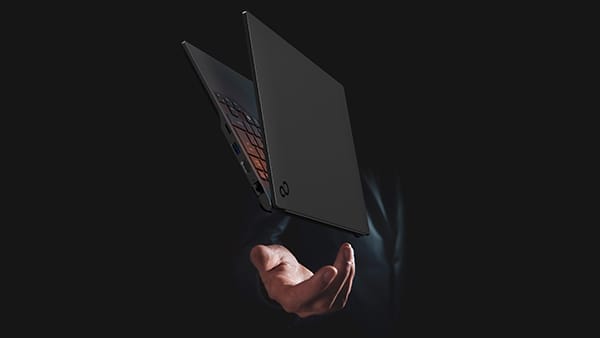Researchers at UCL have made a significant breakthrough in wireless data transfer, achieving an impressive speed of 938 Gigabits per second (Gb/s) within a frequency range of 5–150 Gigahertz (GHz). This remarkable speed is almost 9,400 times quicker than the average 5G download speed in the UK, which stands at 100 Megabits per second (Mb/s). The findings are detailed in the Journal of Lightwave Technology, where they reveal that the team has surpassed previous records in wireless transmission by using a bandwidth nearly five times larger than what has been used before.
Addressing Frequency Limitations
Wireless networks usually work at lower frequencies, typically below 6GHz, which often causes network congestion and restricts data transmission speeds. The team at UCL tackled this issue by merging radio and optical technologies, resulting in a much more efficient method for sending data across a broader frequency range. This innovative approach opens up new possibilities for data transmission.
Future Implications
This technology is anticipated to be a major advancement in wireless communication by offering faster and more dependable connections for devices. It holds promise for enhancing Wi-Fi speeds in homes, improving mobile internet access in crowded areas, and aiding the development of future 5G and 6G networks. The implications of this research could transform how we connect and communicate in the future.
Despite being in the experimental phase, researchers are already looking ahead to create a commercial prototype in the next few years, aiming to bring this technology to consumers and businesses alike.
Conclusion
With such significant advancements in wireless technology, the future of data transmission looks promising. By addressing current limitations and pushing the boundaries of speed and efficiency, UCL’s research paves the way for a new era in wireless communications.
Published by IEEE Explore and highlighted in Interesting Engineering.



